 Apple Computer Inc. unveiled on Tuesday a portable music player that can hold an entire music collection and takes Apple outside its core computer business for the first time in eight years.
Apple Computer Inc. unveiled on Tuesday a portable music player that can hold an entire music collection and takes Apple outside its core computer business for the first time in eight years.
Apple’s “iPod” is the size and shape of a deck of cards, with a small LCD screen and round dial on a white front and a stainless steel back. It holds about 1,000 songs in the MP3 music format and has a battery life of 8-10 hours.
Apple will begin selling iPods, which only work with its Macintosh computers, on Nov. 10 at a suggested retail price of $399.
“This is going to be the hottest gift this holiday season for every Mac owner,” said Steve Jobs, Apple’s chief executive. “To have your whole music library with you at all times, it’s a quantum leap in listening to music.”
The music player works with Apple’s iTunes, the computer jukebox program that epitomizes Apple’s push to make the Macintosh the “hub of a digital lifestyle” connecting music, photo and video devices as well as doing traditional tasks.
“They are trapped at a couple percentage points of the PC market. They’ve got to do something,” said Wit SoundView analyst Mark Specker. “They’re clearly considering how they are going to surround the digital hub.”
Apple expects the iPod, at $399, about $150 more than CD-sized MP3 players which also hold 1,000 or more songs, to command a premium thanks to its elegant design and the close integration with the iTunes software, version 2 of which was announced along with the iPod.
The iPod, with tiny a 5-gigabyte hard drive, will synchronize songs and playlists with a computer, although Apple has limited the synchronization to one way – from a single computer to the iPod – to discourage digital music piracy.
RICH PROFITS SEEN
Specker said Apple, which warned on Oct. 17 that earnings in the current quarter would be only about half of what Wall Street analysts had expected, would not be able to sell enough this season to significantly change results.
Chris Le Tocq, an analyst with SageCircle Inc., said that Apple could nonetheless make a hefty profit on each unit. “I think Apple is making as much on one of these as on a $1000 notebook,” he said. “I certainly think this is going to take (Apple’s) message to a wider audience.”
Jobs has staked the future of the company’s personal computer line on the idea of a digital hub, and the iPod also can carry regular computer files and pictures. Using Apple’s FireWire transfer technology, it downloaded more than 200 songs to the 6.5-ounce iPod in a couple of minutes.
Apple’s last major non-Macintosh hardware was the Newton, a personal digital assistant it launched in 1993 and later discontinued. Phil Schiller, the marketing chief who rejoined Apple in 1997, said Apple had been operating in “a completely different environment back then”.
After returning to its roots of building cool computers, the focus over the last few years as Apple rolled out a new operating system and popular products like its Titanium G4 notebook, the firm was ready to branch out again, he said.
Apple did have a notable failure in the last year with its stylish cube computer, which failed to find an audience ready to pay the markup from Apple’s main Macintosh line.
The iPod works only with Apple products, although Jobs said he was considering porting it to Windows. “The experience probably won’t be as good,” he joked. The iPod debuts two days before Microsoft Corp. releases its digital media oriented operating system upgrade, Windows XP.
About 7 million existing Macintoshes have the necessary hardware and software to be compatible with iPod, he said, though he declined to say how many were being made for the holiday sales. “Probably not enough,” he said.

